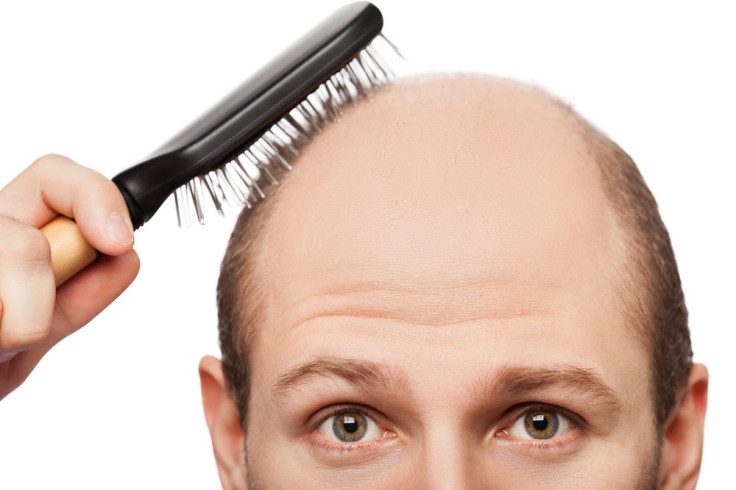Male Pattern Baldness Again Linked To Prostate Cancer In Men; Treatment Options Still Limited

At 2012’s American Urological Association annual meeting in Atlanta, researchers presented data suggesting men affected by some type of baldness were at a higher risk of prostate cancer compared to men with no signs of baldness. A new study conducted by the American Society of Clinical Oncology has added to this research by revealing that men with a specific type of baldness — male pattern baldness — were at risk of developing aggressive prostate cancer. Although this recent study adds to growing evidence proving an association between baldness and prostate cancer, experts are still looking into what this link could mean for future clinical treatment options.
“Previous research linking baldness and prostate cancer has been inconclusive, but this large study suggests a significant link between high risk prostate cancer and hair loss — and suggests that men with hair loss may need to be followed more closely,” ASCO expert Dr. Charles Ryan said in a statement. “More evidence is needed, however, before we can routinely consider baldness in prostate cancer screening recommendations.”
Researchers from ASCO gathered data using the U.S. PLCO Cancer Screening Trial, which included 39,070 men between the aged of 55 and 74. Each participant was given a questionnaire complete with a pictorial tool and was asked to identify his hair-loss patterns at the age of 45. At the average age of 72, 1,138 men were diagnosed with prostate cancer, 51 percent of which were affected by an aggressive form. In terms of specific types of baldness, men who lost hair on the frontal and moderate crown of their head were 40 percent more likely to develop aggressive prostate cancer compared to men with a full head of hair.
Similar to the 2012 study, the ASCO research team contends that a biological link between baldness and prostate cancer is connected to increased levels of the male sex hormone (androgen) and androgen receptors. High levels of androgen dihydrotestosterone (DHT) seem to be what causes the gradual shrinking of hair follicles in balding men. It is also considered a major contributing factor for prostate cancer development and progression. While Cook and his colleagues are confident that increased levels of androgens are responsible for the connection between baldness and prostate cancer, any clinical implications are still not expected for the immediate future. In the meantime, Cook suggests medial assessments for all balding men to help identify those who are at risk for prostate cancer.
“Our study found an increased risk for aggressive prostate cancer only in men with a very specific pattern of hair loss, baldness at the front and moderate hair-thinning on the crown of the head, at the age of 45. But we saw no increased risk for any form of prostate cancer in men with other hair-loss patterns,” said Dr. Michael B. Cook with the Division of Cancer Epidemiology and Genetics at the National Cancer Institute in Bethesda, Md. “While our data show a strong possibility for a link between the development of baldness and aggressive prostate cancer, it’s too soon to apply these findings to patient care.”
Prostate cancer is considered the second most common cancer among men. The National Cancer Institute estimates 233,000 new cases in the United States for 2014, in addition to 29,480 deaths. Male pattern baldness, clinically known as andorgenetic alopecia, is also considered the most common form of hair loss among men. Experts suggest that up to 50 percent of men will be affected by this type of baldness at some point in their lives. Androgen deprivation therapy (ADT) and drugs that aim to decrease androgen levels are currently the most viable treatment options for prostate cancer patients.
Source: Zhou C, Pfeiffer R, Cook M, et al. Relationship Between Male Pattern Baldness and the Risk of Aggressive Prostate Cancer: An Analysis of the Prostate, Lung, Colorectal, and Ovarian Cancer Screening Trial. Journal of Clinical Oncology. 2014.



























